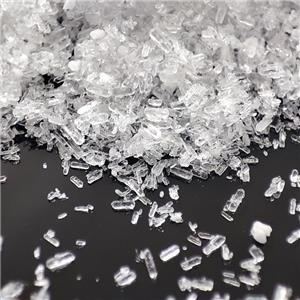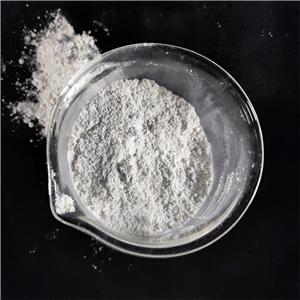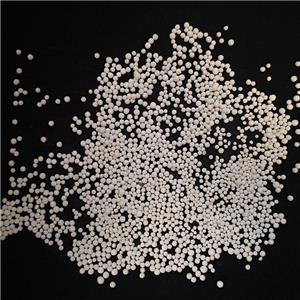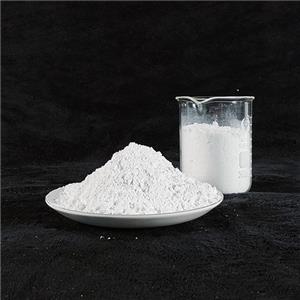-
1402-2025
Preparation of magnesium hydroxide
-
1302-2025
Are you still looking for a cost-effective flame retardant material?
Magnesium hydroxide (Mg(OH)₂) is a white crystal or powder with weak alkalinity and hygroscopicity. The part soluble in water is completely ionized, and the saturated solution concentration is 1.9 mg/L (18°C). Its preparation methods include brucite grinding method and chemical synthesis method (such as calcium hydroxide method, ammonia method, sodium hydroxide method).
-
0902-2025
Understanding Calcium Carbonate: Comprehensive Analysis of 17 Differences between Light Calcium and Heavy Calcium
Calcium carbonate is an important inorganic salt with a wide range of uses. According to different processing methods, it is mainly divided into heavy calcium carbonate (referred to as heavy calcium) and light calcium carbonate (referred to as light calcium). Whether it is heavy calcium or light calcium, calcium carbonate is the most widely used powder filler in plastics, rubber, papermaking and other industries.
-
0702-2025
Calcium carbonate: Diverse applications essential to the national economy and daily life
As a widely used basic chemical material, calcium carbonate plays an indispensable and important role in the national economy and life. From plastics, papermaking to coatings, rubber and even environmental protection, the application of calcium carbonate is everywhere. With the accelerated advancement of the industry towards high-end, green and intelligent development, the calcium carbonate industry will usher in greater market opportunities and challenges in the future.
-
0602-2025
How to improve the heat resistance of plastics through materials such as talc-2
The heat resistance of plastics usually refers to the material's ability to maintain its physical properties at room temperature in high-temperature environments. Under high temperature conditions, the physical properties of polymer materials will change due to the intensification of molecular motion, among which the elastic changes are the most obvious.




